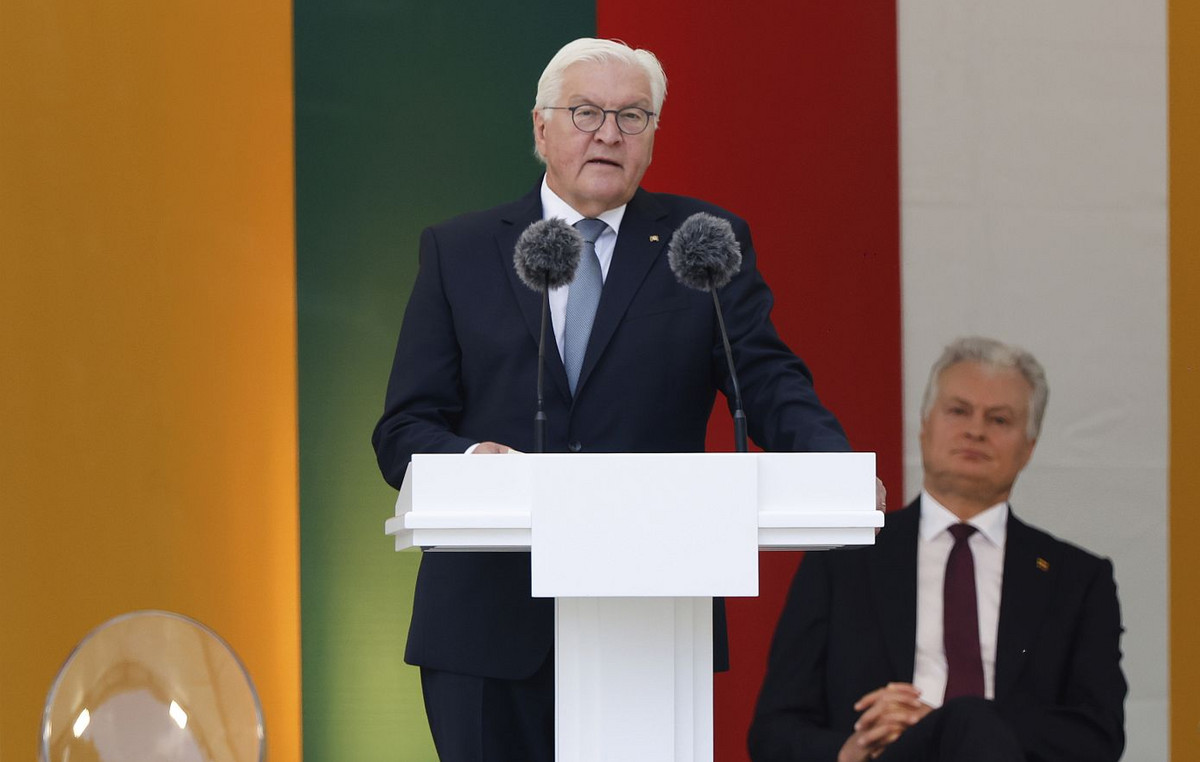Brazil’s Federal Public Debt (DPF) dropped by 2.89% in March. As a result, the nominal value of the DPF increased to R$5.564 trillion, compared to R$5.730 trillion in the previous month.
The data were released by the National Treasury Secretariat this Thursday (28). The DPF, which includes the federal government’s internal and external debt, is the issuance of public bonds by the National Treasury to finance the federal government’s budget deficit, which collects less than it spends.
The drop is the result of the lower number of issuances of papers, which totaled R$ 66.976 billion in March. Also contributing was the high number of redemptions, which totaled R$ 271.6 billion.
Expenses with appropriated interest amounted to R$ 39.275 billion.
According to the National Treasury, the March result was marked by a drop in emerging risk premiums, “despite the volatile external scenario with the news about monetary policy in the US, war in Ukraine and new outbreaks of Covid in China”.
Also according to the Ministry of Economy, while the average cost of DPF stock in 12 months fell from 8.68% per year to 8.69% per year, the average cost of issuance in public offerings in the domestic market increased, from 9.5% per year in February to 10.52% per year in March.
In 2021, the DPF advanced 12%. The expectation of the economic team is that the public debt closes this year between R$ 6 trillion and R$ 6.4 trillion.
Source: CNN Brasil
I am Sophia william, author of World Stock Market. I have a degree in journalism from the University of Missouri and I have worked as a reporter for several news websites. I have a passion for writing and informing people about the latest news and events happening in the world. I strive to be accurate and unbiased in my reporting, and I hope to provide readers with valuable information that they can use to make informed decisions.







